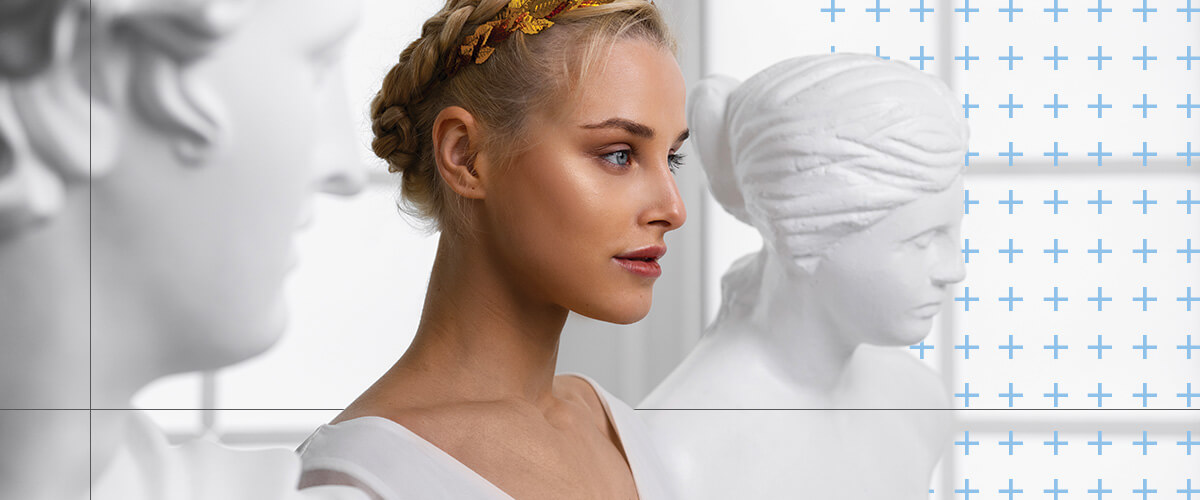Ancient Egypt : Hair Care of the Pharaohs

In ancient Egypt, which thrived for over 3,000 years, great importance was placed on healthy and well-groomed hair. Hairstyles were meticulously maintained, and in the case of baldness, high-quality wigs were worn, crafted either from real hair (for the elite) or natural materials like straw and plant fibers (to shield from the sun).
To prevent hair loss, the Egyptians concocted various ointments and lotions made from animal fats (crocodile, kid, cobra, etc.) and fenugreek seeds. Unfortunately, these remedies were not miraculous and never succeeded in regrowing hair. Nevertheless, the Egyptians had already recognized the benefits of sweet almond oil, a common ingredient in today’s hair products.
Ancient Greece : Hippocrates and the Battle Against Baldness

In ancient Greece, the desire for thick and healthy hair was also prevalent. Hippocrates of Cos, considered the father of Western medicine, was the first to document androgenetic alopecia around 400 BC. Afflicted by this condition himself, he attempted to create ointments to counter hair loss but without success. To this day, baldness is often referred to as the “crown of Hippocrates.”
Concurrently, hair appearance was a major concern for the people. Citizens of the upper class perfumed their hair with aromatic essences derived from flowers, spices, and olive oil, while lotions made from beeswax gave their hair a silky sheen. The elite preferred wigs made from natural blonde or black hair. Middle-class metics used saffron diluted in potassium water to dye their hair.
